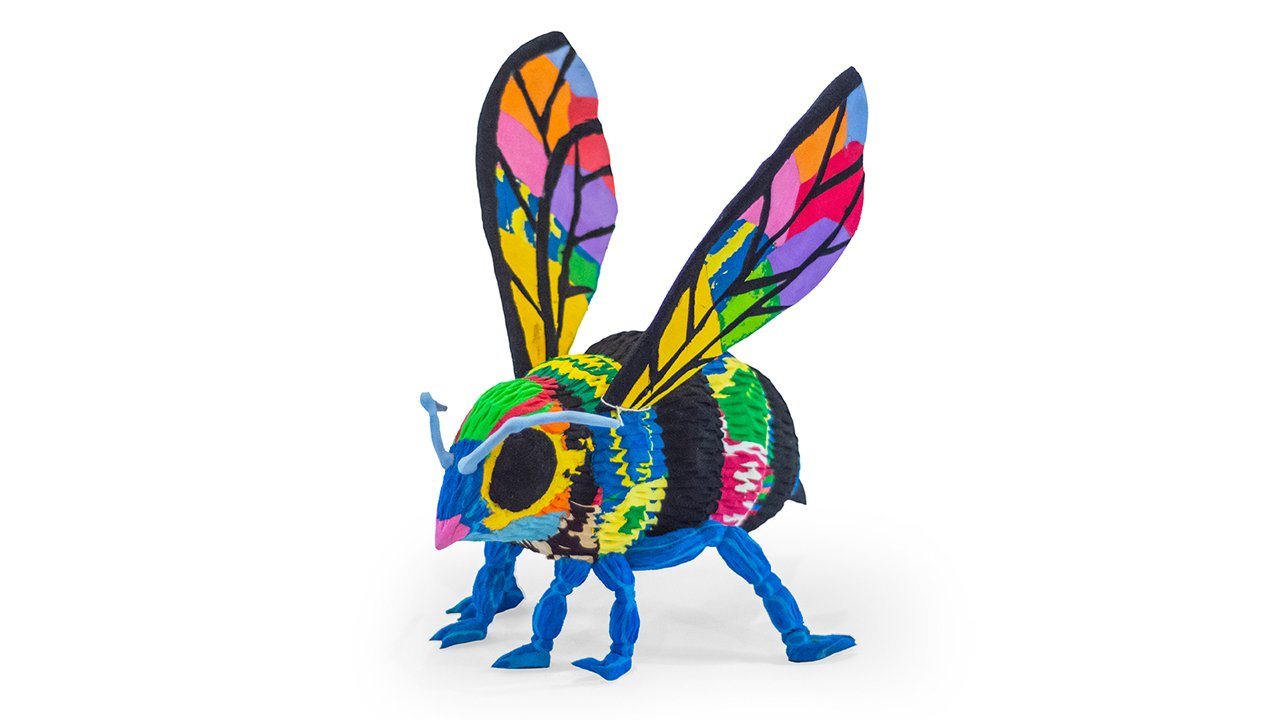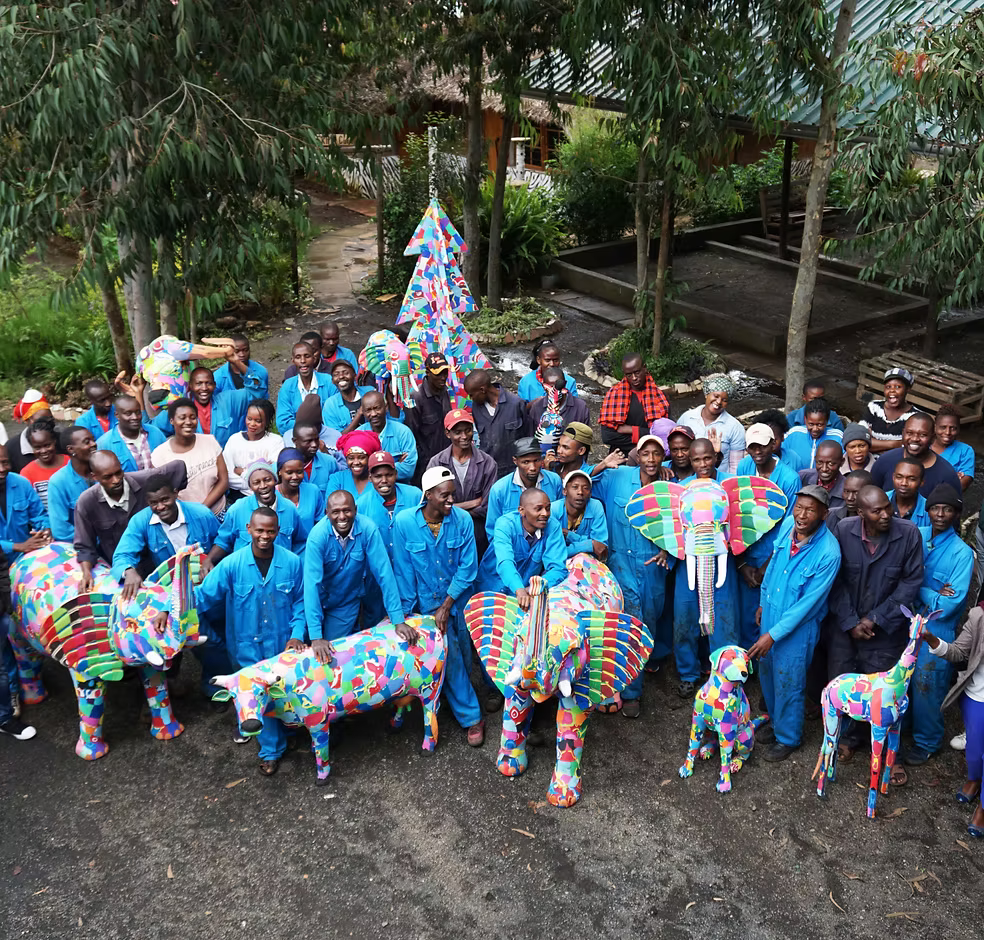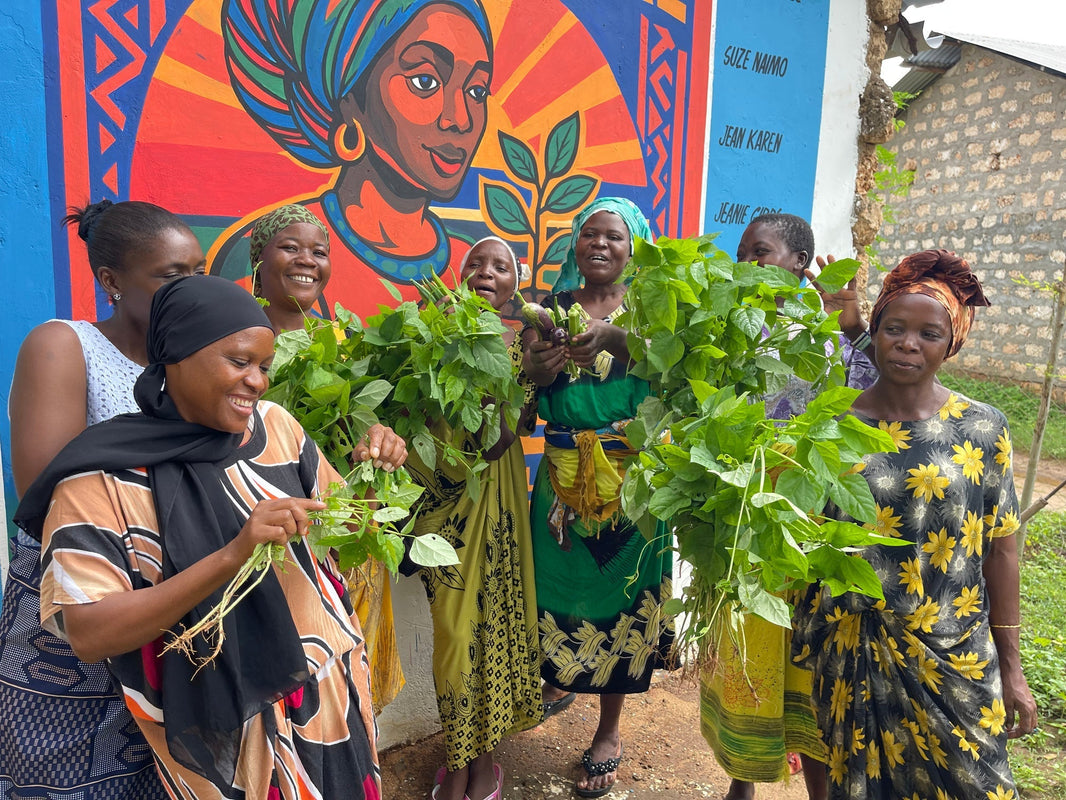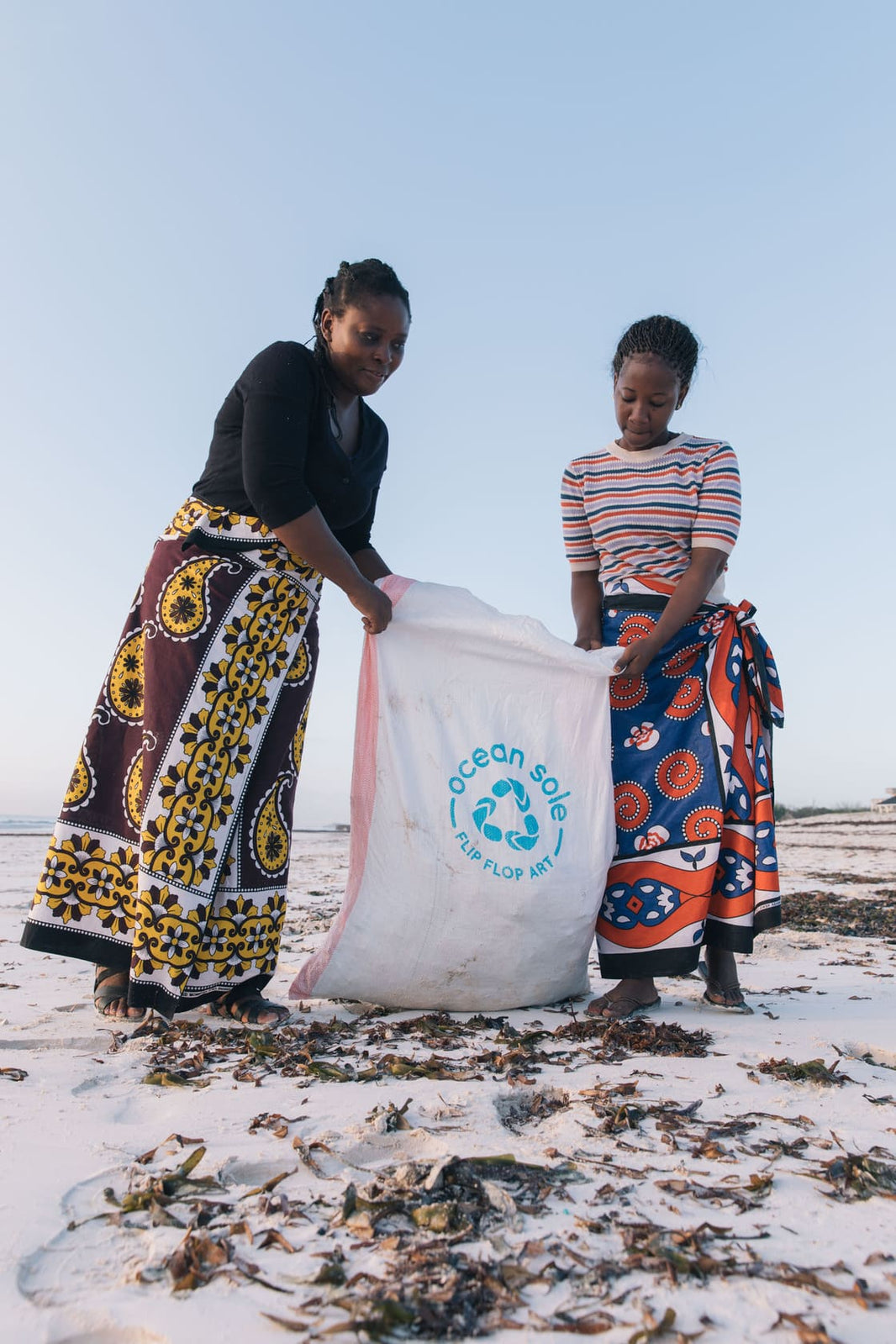Bees play one of the most important roles in our ecosystem. They are the most efficient pollinators in the world. This basically means they help plants grow fruit by transporting pollen from one flower to another, pretty cool. So quite simply, without bees nothing would grow, humans would go hungry and animals wouldn't have any habitats to live in.
Bees in Africa however, have ended up being much more useful than just keeping the planet alive. With little to no cold months in Africa, it makes for the perfect environment for bees to flourish.
What sets Africa aside when it comes to bees, is that both beekeeping and living harmoniously with bees has been a part of many different African communities for hundreds of years. In this blog, I am going to tell you a bit more about how these buzzy creatures have helped communities around Africa endlessly.

Fact #1: Beehive Fences:
Yes, you read that right. Beehive fences have been a game-changer in rural communities that happen to share their homes in very close proximity to wildlife and in particular Elephants. The Elephants & Bees Project, run by Save The Elephants has been used in rural farming communities to stop the invasion of elephants which can often be detrimental to crops and cause injury to family members too.
Here is how they work; hives, or dummy hives, are hung every ten meters and linked together in a specific formation so that should an elephant touch one of the hives, or interconnecting wire, the beehives all along the fence line will swing and release the bees.
The benefits of using Beehive fences are tenfold. In communities, they have helped by increasing the yield of crops that support families financially and with the food they can eat. The beehives themselves have also generated another form of income as the hives can be harvested and the honey can then be sold on.
Most importantly there has been a huge decline in the elephant-human conflict which benefits both. It just goes to show that humans and animals can really live happily ever after.
If you would like to support the Elephants & Bees Project you can donate here - 100m of beehive fencing costs between $100 to $150.

Fact #2: Protecting Mangrove Forests:
Mangrove forests might be something you wouldn't think twice about but in reality, they play a massive role on earth. They, much like tropical rainforests, absorb up vast amounts of carbon - at a rate two to four times greater than mature tropical forests and store three to five times more carbon per equivalent area than tropical forests, according to EcoViva.
But on the other hand, they also make great wood for burning and for carving things out of. Communities living in areas surrounding mangrove forests have understandably been taking advantage of this. While this is fine, their numbers have declined dramatically and take a while to grow back.
Here is where the bees come in, beehives are used as a deterrent to stop illegal wood harvesting and at the same time supports communities who can harvest the honey for sale. Much like the beehive fences for elephants, these beehives have made a huge impact on mangrove forests and have allowed them to regenerate without being compromised.

Fact #3: Protecting Indigenous Forests:
Kenya has some of the most incredible forests that differ from county to county. Some are filled with tropical trees and others huge cedars that tower over you with trunks the size of small busses. But in recent years, Kenya’s forests have seen a turn for the worst.
According to the International Institute for Environment and Development; widespread deforestation, natural disasters and human-wildlife conflict are among factors that have diminished Kenya’s forests.
While it is worrying news for Kenya's forests, the Loitokitok Community Forest Association (LCFA) launched a project in 2020 called “Bees for forests”. The Loitokitok forest has seen a serious increase in illegal indigenous logging because the woods produced from these trees are strong and good for carving and making houses.
The Bees for Forests project aims to target three main aspects to help protect the forest. The first one is to help encourage the growth of indigenous trees, many of which are becoming endangered, through the use of beehives. Bees, as pollinators, help to encourage the growth of these trees.
Secondly, the incorporation of beehives into the forest creates employment and a source of income for men and women who live around the forest through the sale of honey. According to the LCFA, honey also benefits the communities as a local remedy. They say; Over the years, locals have used honey for healing wounds, as an anti-inflammatory and as a dietary antioxidant among others.
Lastly, the bees help with increasing productivity through cross-pollination. They travel around to farms around the forest and help encourage pollination for crops and the general fauna!
So there you have it! Bees have helped in more ways than pollination. We think they are great!








